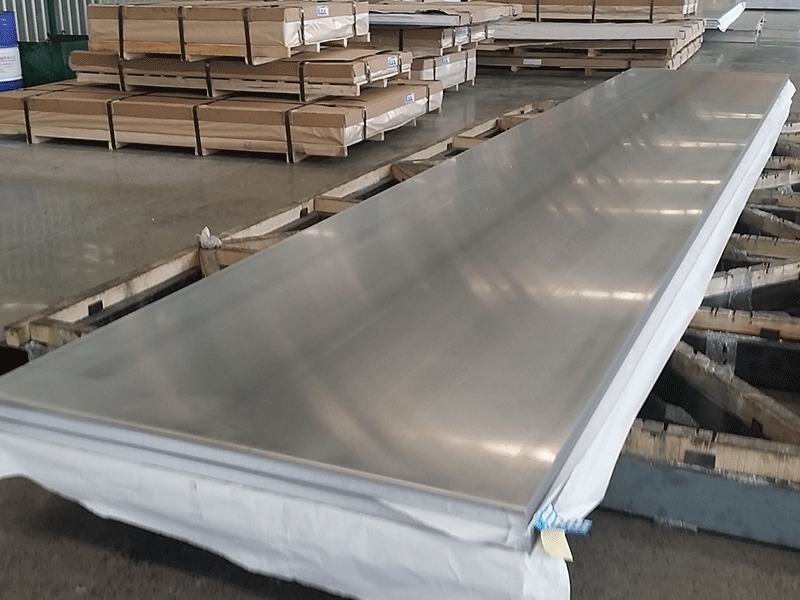6061 alloy is the earliest 6-series aluminium alloy with good corrosion resistance and weldability, but low strength. Compared with 6061 alloy, the tensile strength of 6013 alloy in T6 state is increased by 15%-20%. It has the same weldability as 6061 alloy. The yield strength, fatigue strength and fracture property of T6 alloy sheet without aluminium cladding are better than 2024 T3 alloy sheet with aluminium cladding, and the fatigue crack growth rate is lower. In addition, the aging treatment of 6013 alloy from T4 to T6 is relatively simple. Therefore,
6013 Aircraft aviation grade aluminum plate profile can replace 2024 and 6061 alloy in aircraft fuselage. For example, 6013 alloy can replace 2024 aluminum alloy wrapped on P7-A of US Navy Anti-submarine Patrol Aircraft. It can be used as fuselage skin, rib, pressure compartment skin, front and rear edge, door and window skin, wing, short cabin fairing and short cabin skin.
 6056 Aircraft aviation grade aluminum plate profile
6056 Aircraft aviation grade aluminum plate profile is lighter and more corrosion resistant than 2024 aluminum alloy, and its strength is slightly higher than 6013 alloy. The alloy has good formability and can be welded, and 2024 can only be spot welded or riveted. 6056 and 6013 alloys have been used in A380 passenger aircraft. Laser beam welding has replaced riveting structure of lower fuselage panel truss. The further application of 6-series aluminium alloy in the future will be skin, bracket joints and pressure diaphragms in landing gear silo area. Al-Mg-Sc alloys with good corrosion resistance and weldability also have good application prospects.
The softening tendency of 6A02 alloy at room temperature is higher than that of 2A12 alloy at 100℃ to 500 ℃. The alloy has good corrosion resistance and no stress corrosion tendency. The weldability of the alloy is good, and it can be resistively welded and gas welded, which is superior to that of the 2-Series aluminum alloy. The alloy has high moulding and low yield ratio, which is advantageous for parts working under alternating loads. Therefore,
6A02 Aircraft aviation grade aluminum plate profile is suitable for manufacturing parts with alternating loads in the temperature range from - 70 ℃to - 50 ℃, extrusion profiles with complex cross-section and welding parts with moderate strength.





